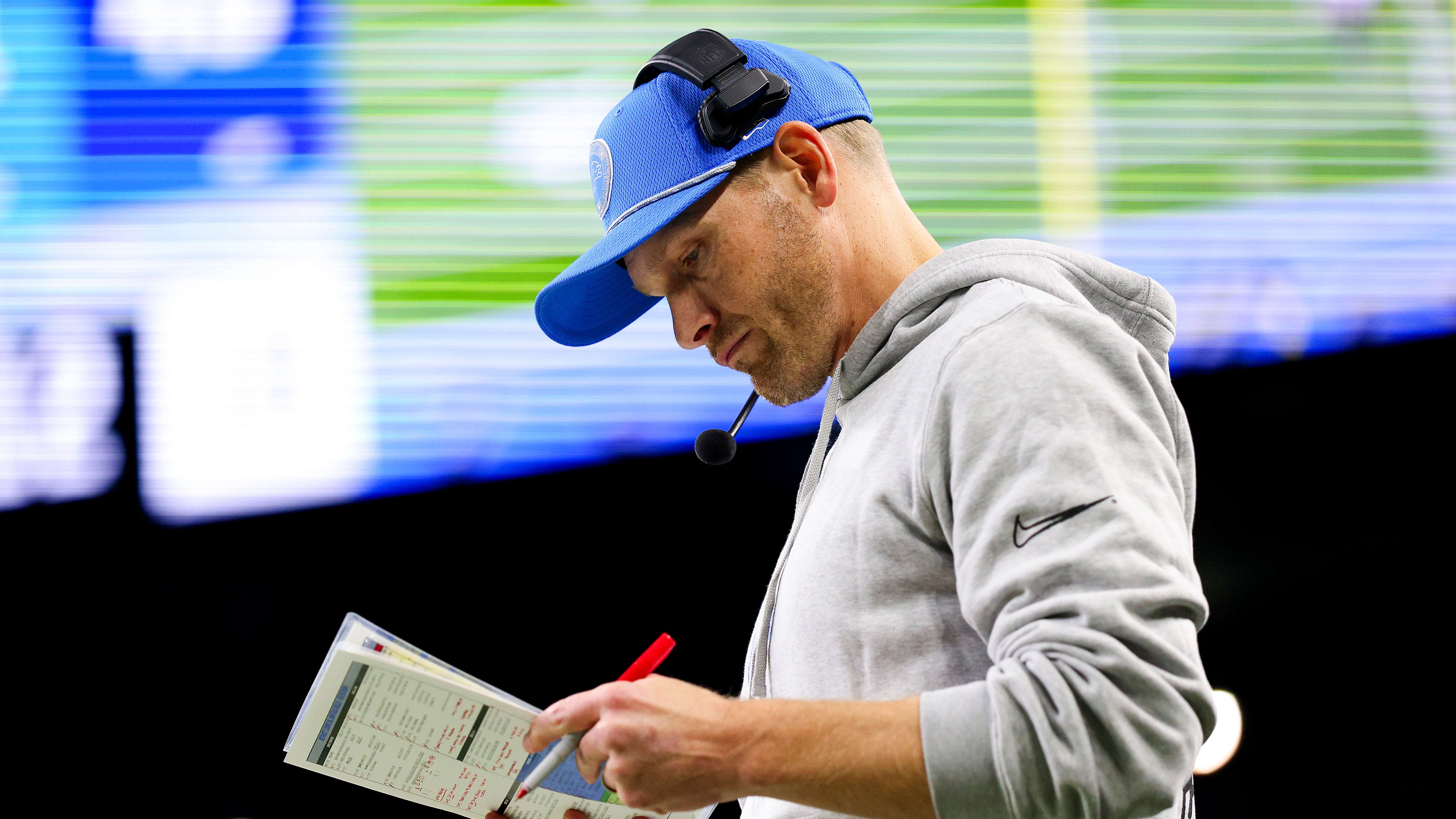Travel
How travel and tourism brands ensure campaign effectiveness

As part of The Drum’s Travel & Tourism Focus, we use insights from automated research platform Kantar to show how brands from the likes of Air New Zealand and Disney are standing out in a saturated market.
In the highly competitive landscape of travel and tourism, brands are constantly seeking innovative ways to captivate their audience and ensure campaign effectiveness.
By leveraging emotional messaging, tapping into current trends and addressing sustainability concerns, these brands are setting new benchmarks in the advertising world.
Here’s how some leading brands are achieving remarkable campaign success, according to data from Kantar.
Powered by AI
Explore frequently asked questions
Air New Zealand’s humorous approach
Air New Zealand’s campaign by ad agency Blockhead VFX, ‘A Better Way to Fly Premium Economy,’ showcases the power of humor and relatability, specifically at a local level. The ad features a goose opting for the comfort of premium economy, light-heartedly contrasting its experience with that of a fellow traveler in a less luxurious seat. This fun narrative not only entertains but also highlights the brand’s premium services in a memorable way.
Graham Staplehurst, director of BrandZ at Kantar, said: “Our BrandZ index shows that Air New Zealand has a reputation for great advertising, consistently in the top 20% of all brands for Australians on this measure.
“The brand is also highly trusted, respected for its product and service design, and for making life a little better for everyone, putting it in the top 10% on brand purpose.”
Disneyland Paris’s escapism
Disneyland Paris excels at creating an emotional connection through its spot by ad agency BETC Paris, titled ‘The Infinite Parade.’
By transporting viewers through various multiverses, the campaign evokes a sense of wonder and escapism, showcasing the magical experience of Disneyland. This strategy effectively taps into the audience’s desire for immersive and transformative experiences.
Creating a sense of curiosity
This ad from McCann shows people in visually catchy settings around the world asking what Neom is, creating a sense of curiosity without ever showing the city itself. This approach sets it apart from typical launch campaigns, which often focus on product appearance or functionality.
Sharing a best kept secret
Showing New Zealanders sharing their ‘best kept secret’ about New Zealand, the ad from the agency Special Group takes viewers on a visual trip across the country with beautiful shots of nature and authentic local human stories, reflecting the country’s diversity and creating a calm but emotional connection.
Suggested newsletters for you
Don’t forget the pets
Based on the insight that many pet owners feel guilt when leaving their pets behind while traveling, this humorous campaign from Nordic Leisure Travel Group offers a solution with a competition to win an exclusive pet care program. This campaign, from ad agency Robert/Boisen & Like-minded, highlights the importance of addressing specific consumer concerns.
Ecem Erdem, global creative thought leadership manager at Kantar, noted: “Emotional messaging is more commonly used among the most impactful, persuasive and enjoyable travel ads. This is paying off: overall travel and tourism ads tend to leave consumers with feelings of attraction (+24) and excitement (+20) more strongly than the overall average.
“Highly enjoyable travel ads also tend to feature children and animals more often, feeding into the more emotional communication route.”
Trends, building trust and differentiation
Travel data from BrandDynamics indicates a shift in consumer preferences towards solo travel, short-haul trips, and short-notice vacations. This trend reflects a move away from extensive, costly holidays to more frequent, budget-friendly escapes. Brands like Tui, Jet2, and easyJet are capitalizing on this shift by offering tailored packages that meet the evolving demands of modern travelers.
With growing concerns about environmental and social issues, travel brands are increasingly focusing on sustainability in their campaigns. Karine Trinquetel from Kantar’s sustainable transformation practice emphasizes the need for transparency and truthful representation in advertising sustainable initiatives. Brands that effectively communicate their positive impact on the environment and society are more likely to stand out and build strong consumer trust.
Despite the push for sustainability, there is a significant element of mistrust among consumers, with over half believing they have encountered false or misleading information about brands’ sustainable actions. This highlights the critical need for brands to ensure their sustainability claims are grounded in truth and clearly communicated to avoid skepticism and enhance credibility.
Travel and tourism brands are navigating the complex landscape of advertising by leveraging emotional storytelling, adapting to emerging travel trends, and prioritizing sustainability. Campaigns like Air New Zealand’s humorous take on premium economy, Disneyland Paris’s escapist narratives, and Tourism New Zealand’s authentic local stories demonstrate the effectiveness of these strategies.
By understanding and addressing the evolving preferences and concerns of consumers, these brands not only capture attention but also build lasting connections and trust with their audience.









